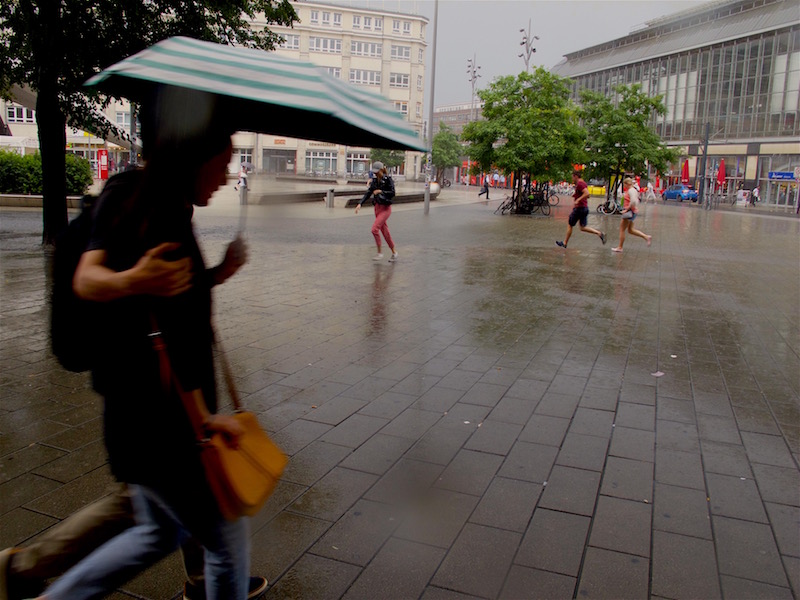Extremwetter mit starken Gewittern in Süddeutschland im Juni 2021
Peter Engelmann, 3 Juli, 2021
2021: Mit einem kalten Frühling blieben die Temperaturen im Mai unter dem Durchschnitt. Zum Glück gab es in vielen Teilen von Deutschland endlich viel Regen nach einer seit 2018 anhaltenden Dürre. Diese hatte in einigen Regionen zu Waldschäden und führte bereits zu Sorgen über die Zukunft des Wasserhaushaltes und der Trinkwasserversorgung. Im Juni folgte eine Hitzewelle. Im Unterschied zu früheren Jahren kam es aber nicht zum Aufbau langanhaltender stationärer Hochdrucksysteme über Europa. Die Wettersituation war nicht über lange Zeit stabil. Die Hitzewelle wurde durch extreme Wetterereignisse beendet. Wieder einmal gab es Situationen, zum Beispiel in Südwestdeutschland (Reutlingen) oder einer Überflutung in Landshut, wie es sie so in der Erinnerung der Menschen noch nie gegeben hat. Darauf folgten viele Diskussionen, ob dies eine Folge des Klimawandels sei oder einfach einzigartige Wetteranomalien.
Nach der Hitze änderte sich in Bayern das Wetter am 20. Juni 2021. Die Tage davor war es überwiegend trocken gewesen mit Ausnahme erster Gewitter im Südwesten Deutschlands und ind den Alpen. Am 20. Juni begann es am Standort am westlichen Ammersee zu grummeln und ein Gewitter mit nur sehr wenigen Blitzen war dort zu sehen. Wie immer gab und gibt es große regionale Unterschiede auf kleinem Raum: Bald gab es starke Gewitterstürme, aber manchmal passierte ein paar Kilometer weiter gar nichts. Das ist nicht ungewöhnlich und bis heute eine Herausforderung für die Wettervorhersage.
Gewitter in den frühen Abendstunden des 20. Junis bei St. Georgen, Diessen, Ammmersee:
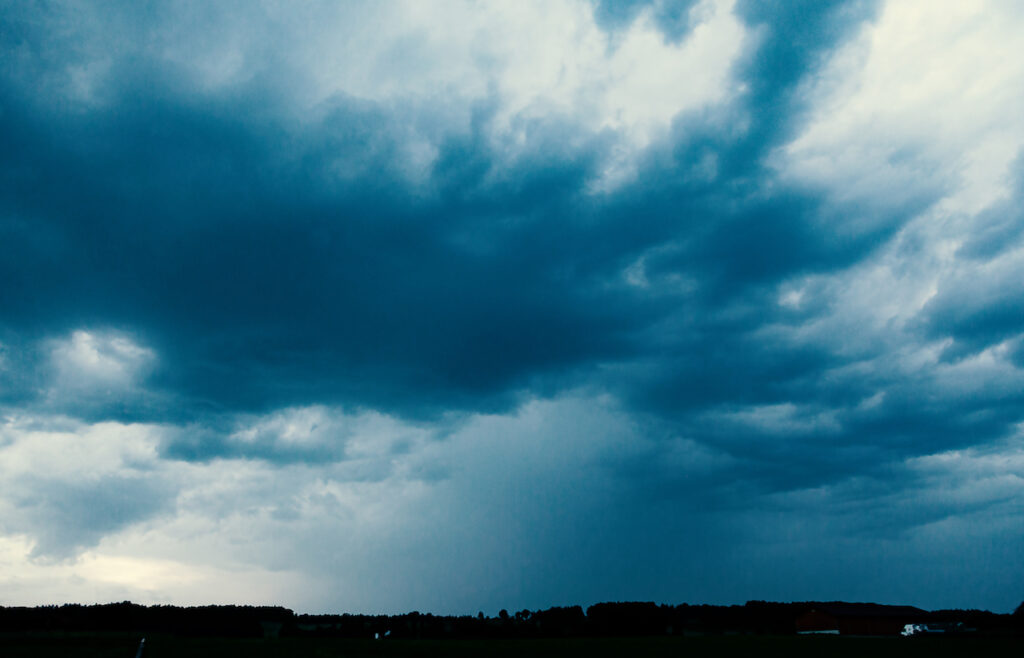
Die nächsten Tage gab es eine andere Wettersituation: In den späten Nachmittagsstunden oder am Abend kam es zu sehr starken Gewittern. In Süddeutschland wurden auch rotierende Superzellen beobachtet. Noch viel extremere Gewitter gab es in Frankreich, wo eine Luftmassengrenze tagelang für regelrecht katastrophale Zustände sorgte. Die großen Gewittercluster formten sich in Frankreich immer wieder und zogen nach Belgien und Nordwestdeutschland.
Starkes Gewitter am 24. Juni, ca. 18.45 bei Diessen (Ammersee, Oberbayern)
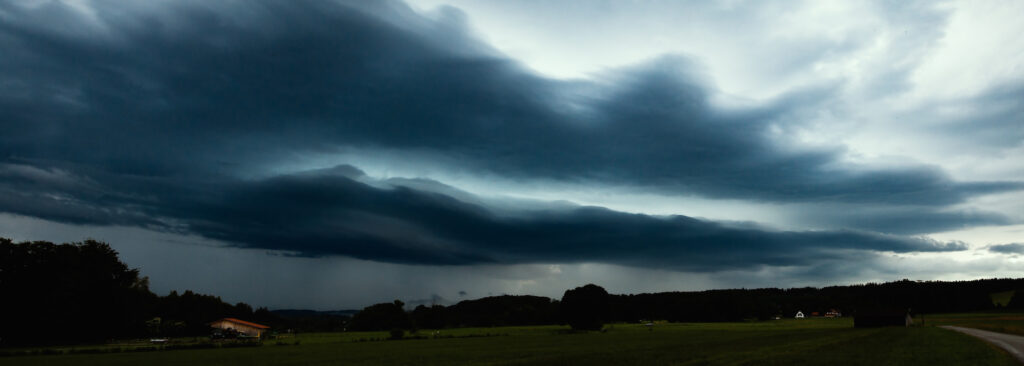
Das extreme Wetter mit schweren Gewittern, Sturzfluten, extremen Hagel dauerte in Deutschland mehrere Tage an. Der Grund: Die Luftmassengrenze in Europa verlagerte sich nur sehr langsam. Sie funktionierte wie eine Maschine und erzeugte immer wieder neue Gewitter. Ein Zeitraffervideo vom 21. Juni 2021 gibt eine Idee davon, wie schnell sich oft die Gewitter entwickelten:
Es war interessant zu beobachten, dass ganz unterschiedliche “Typen” von Gewittern auftraten. Am Beobachtungstandort im Südwesten der Ammerseeregion gab es sehr kurzlebige Gewitter, ein Gewitter, das unglaublich schnell aufzog und dann wieder ein Gewitter, das sich nur sehr langsam bewegte. Bei so einem Gewitter konnte man sehr gut Bilder machen. In der Nacht gab es auch etwas, was von manchen als “Stroboskopgewitter” bezeichnet wird. Gewitter, bei denen man gar nicht so viel lauten Donner hört, aber wo es eine unglaublich hohe Rate an Blitzen gibt. Bei den Gewittern gab es auch welche mit sehr starkem Wind aber auch welche, wo kaum ein Wind wehte.
Das Gewitter am 24 Juni erzeugte einige großartige Blitze:
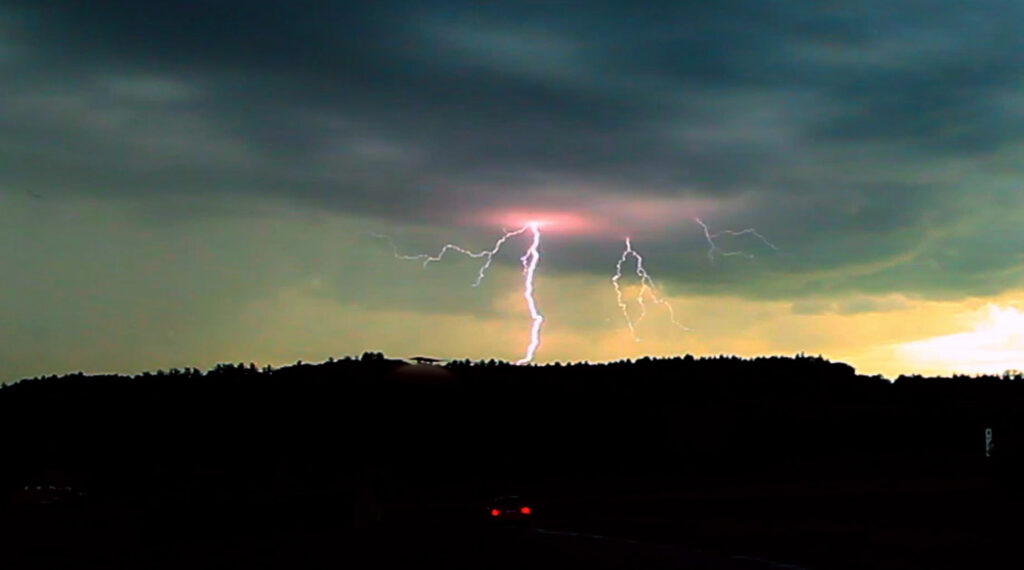
Der Gewittersturm unten zog am 28 Juni 2021 auf und war von intensivem Blitzgeschehen begleitet, jedoch völlig anders als das oben erwähnte “Stroboskopgewitter” in der Nacht davor. Die Blitze waren hier viel besser sichtbar. Nach einem der Gewitter gab es auch einen dicken Nebel nach Sonnenuntergang. Später gab es aber am gleichen Abend noch ein Gewitter mit vielen Blitzen. Die stärksten Gewitter kamen dabei meisten aus der Richtung der Alpen.
Gewitter am späteren Abend, 28. Juni 2021, ca. 22.00 Uhr:
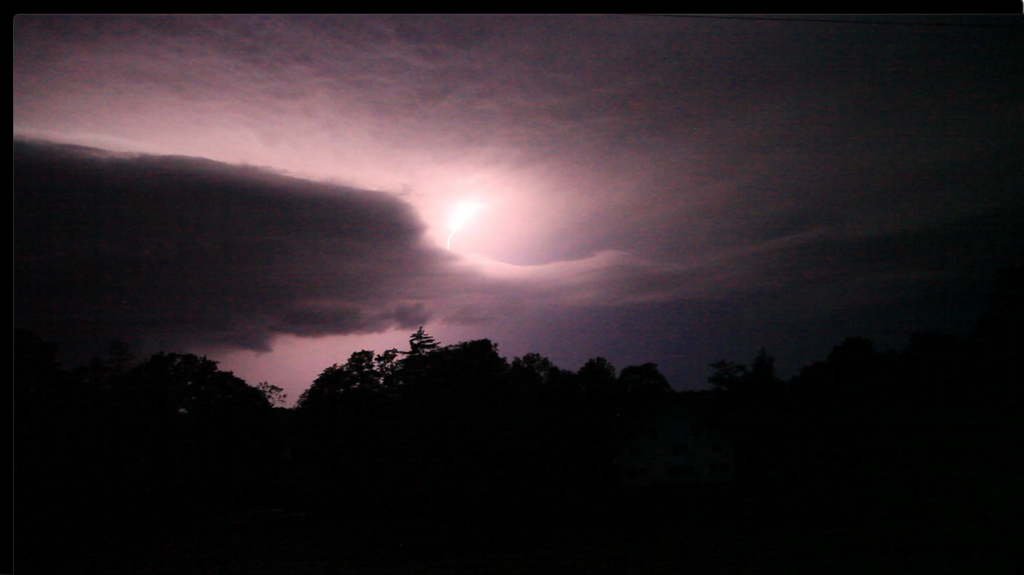
Sturzfluten und Superzellen
Schließlich kam es zu einem Austausch der Luftmassen. Die warme, feuchte Luft wurde durch kältere Luft ersetzt. Der 29 Juni war der vorläufige Höhepunkt dieser Gewitterserie in in Deutschland: In Bayern intensivierte sich ein Superzellengewitter, das aus Baden-Württemberg kam und brachte in Landshut in Niederbayern unglaubliche Regenmengen, die die Stadt regelrecht unter Wasser setzten. Die Tage davor kam es zu einem Tornado in der in Tschechien( Czech republic). Das Video unten zeigt die Situation nach dem großen Gewitter am 29. Juni, bei dem es in Oberbayern auch starken Wind gab.
Hier ist ein Punkt, der auch für Photographen und Filter interessant sein kann: Die meisten Leute sind daran interessiert, ein Gewitter aufzunehmen, wenn es heranzieht. Aber es gibt auch noch viele interessante Stimmungen und Momente, wenn das Gewitter durchgezogen ist. Das Video unten zeigt die Atmosphäre nach dem Gewitter am 29. Juni.


